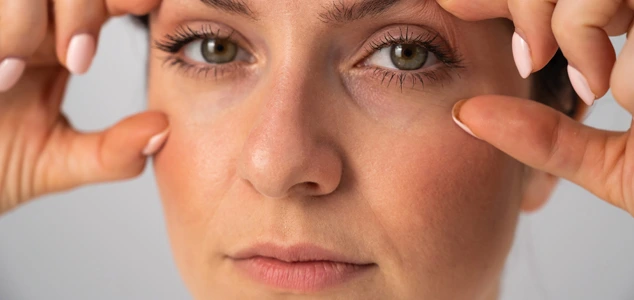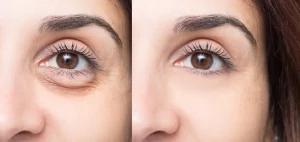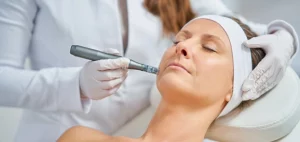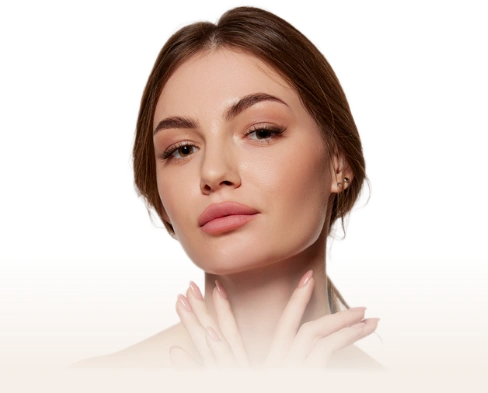Blepharospasm poses a substantial challenge as it leads to uncontrolled eyelid closures and rapid blinking, severely affecting everyday tasks like vision, reading, driving, and social interactions. This condition can cause discomfort and emotional distress, but there is hope in the form of Botox treatment. In this article, we will explore how Botox can provide relief and effectively address blepharospasm, improving the lives of those dealing with this condition.
What is Blepharospasm?
Blepharospasm is a neurological condition where the muscles in your eyelids twitch and squeeze involuntarily. This causes your eyes to blink rapidly, close suddenly, or even stay shut without you wanting them to. It can make it really difficult to do everyday things like reading, driving, or being social. People with this condition often need medical treatment or injections of botulinum toxin to help control the symptoms.
What Causes Blepharospasm?
The exact cause of blepharospasm has been a mystery so far, but it is believed to be related to abnormal brain signals that control the muscles around the eyes. Some potential contributing factors and triggers include:
- Genetics: There may be a genetic predisposition to blepharospasm, as it can run in families.
- Environmental Factors: Certain environmental stressors may trigger or worsen the condition in those with a genetic susceptibility.
- Neurological Abnormalities: Blepharospasm is often linked to irregularities in the basal ganglia, a brain region responsible for motor control.
- Medications: Some medications or drugs can induce or exacerbate blepharospasm as a side effect.
- Other Medical Conditions: Conditions like Parkinson’s disease or dry eye syndrome may increase the risk of developing blepharospasm.
- Precise Cause Unclear: While the exact cause is not fully understood, treatment options like medications and botulinum toxin injections can help manage symptoms.
If experiencing symptoms, seeking evaluation and guidance from a healthcare provider is crucial for proper diagnosis and management.
Blepharospasm Treatments:
There are several treatment options available for managing blepharospasm, depending on the severity of the condition and individual needs. Some common treatments include:
Botulinum Toxin Injections (Botox): This is the most common and effective treatment for blepharospasm. Botulinum toxin is injected into the affected muscles around the eyes, temporarily paralyzing them and reducing spasms. The effects typically last for a few months, so repeat injections are necessary.
Medications: In some cases, oral medications such as muscle relaxants, anti-anxiety drugs, or medications that affect neurotransmitters may be prescribed to help control muscle spasms and reduce symptoms.
Physical Therapy: Some individuals with blepharospasm benefit from physical therapy, including exercises and massage techniques that can help relax the eye muscles and improve control.
Sensory Tricks: Patients often discover sensory tricks, such as touching their face or using cool compresses, that can temporarily alleviate symptoms or prevent spasms in specific situations.
Lifestyle Changes: Reducing stress, getting adequate sleep, and avoiding known triggers can help manage symptoms.
Surgery: In severe cases that do not respond to other treatments, surgery may be considered. This may involve cutting or repositioning some of the muscles around the eyes to reduce
Botox for Blepharospasm: Does it Work?
Blepharospasm happens when the brain sends too many signals to the eyelid muscles, causing them to twitch uncontrollably. Botulinum toxin, a treatment for blepharospasm, works by stopping these extra signals and relieving the muscle spasms. In most cases, about 90 percent of patients who receive Botox treatment experience significant relief from their blepharospasm symptoms.
How Long Does It Take?
For blepharospasm, very small doses of botox are injected just under the skin. It usually takes 2 to 3 days, but sometimes up to 2 weeks, for the injections to start working. The botox for blepharospasm lasts around a few months but it varies with the condition of the individual.
Finding Botox Treatment Near You
As we all agree that Botox is the most effective cosmetic treatment that appeared in the last few years and known for its diversity. Syra Aesthetics, a leading Med Spa, in NYC premium botox services with years of experience, situated in the heart of Manhattan. Book your appointment today!

About The Author
Dr. Syra Hanif M.D.
Board Certified Primary Care Physician
Dr. Hanif is the Director of Aesthetic Medicine. She is a board-certified physician in Aesthetic Medicine who specializes in using non-surgical alternatives in order to enhance one's appearance through Botox and fillers.
Read More











